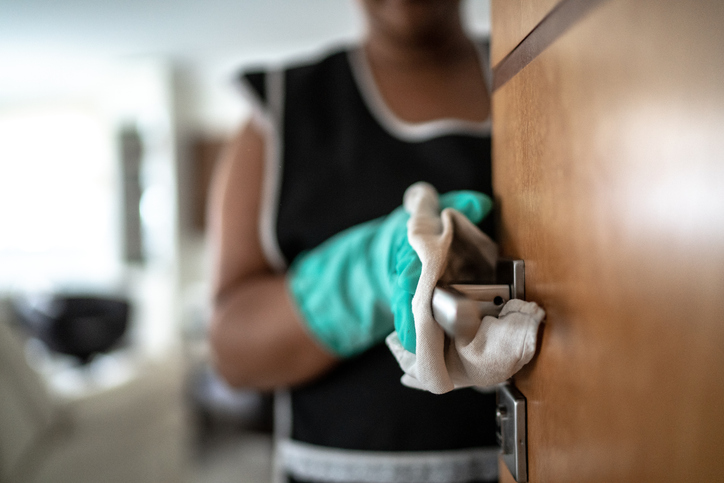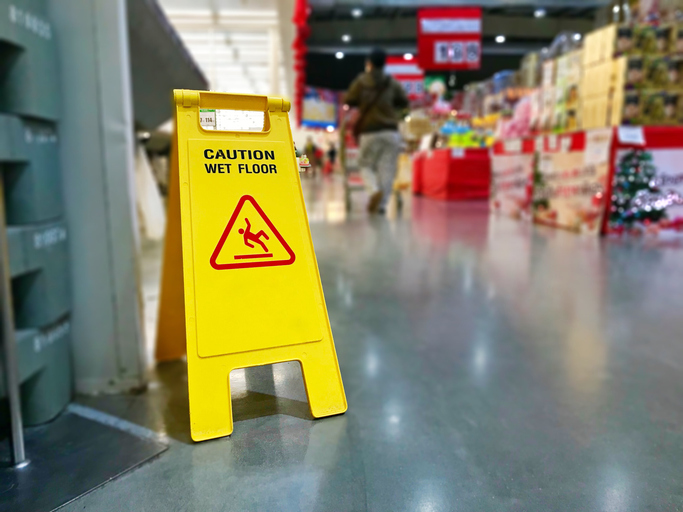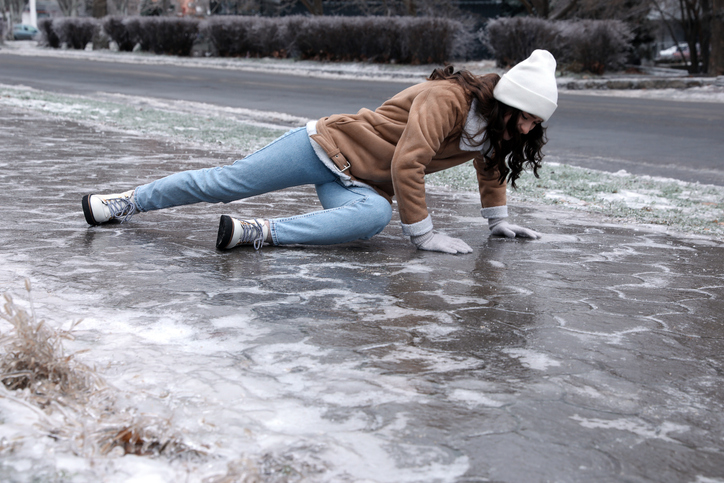
Celebrate your grad the safe way in 2025.
Keep Graduation Parties Safe: Injury Risks, Liability, and Legal Tips for Texas Hosts
Graduation is a time of joy, pride, and celebration—a moment that marks the culmination of years of hard work, sacrifice, and perseverance for both students and their families. It’s a milestone worth celebrating, often with a party hosted by family or friends who want to provide a safe environment for teens to gather.
 Texas Injury Lawyers Blog
Texas Injury Lawyers Blog










